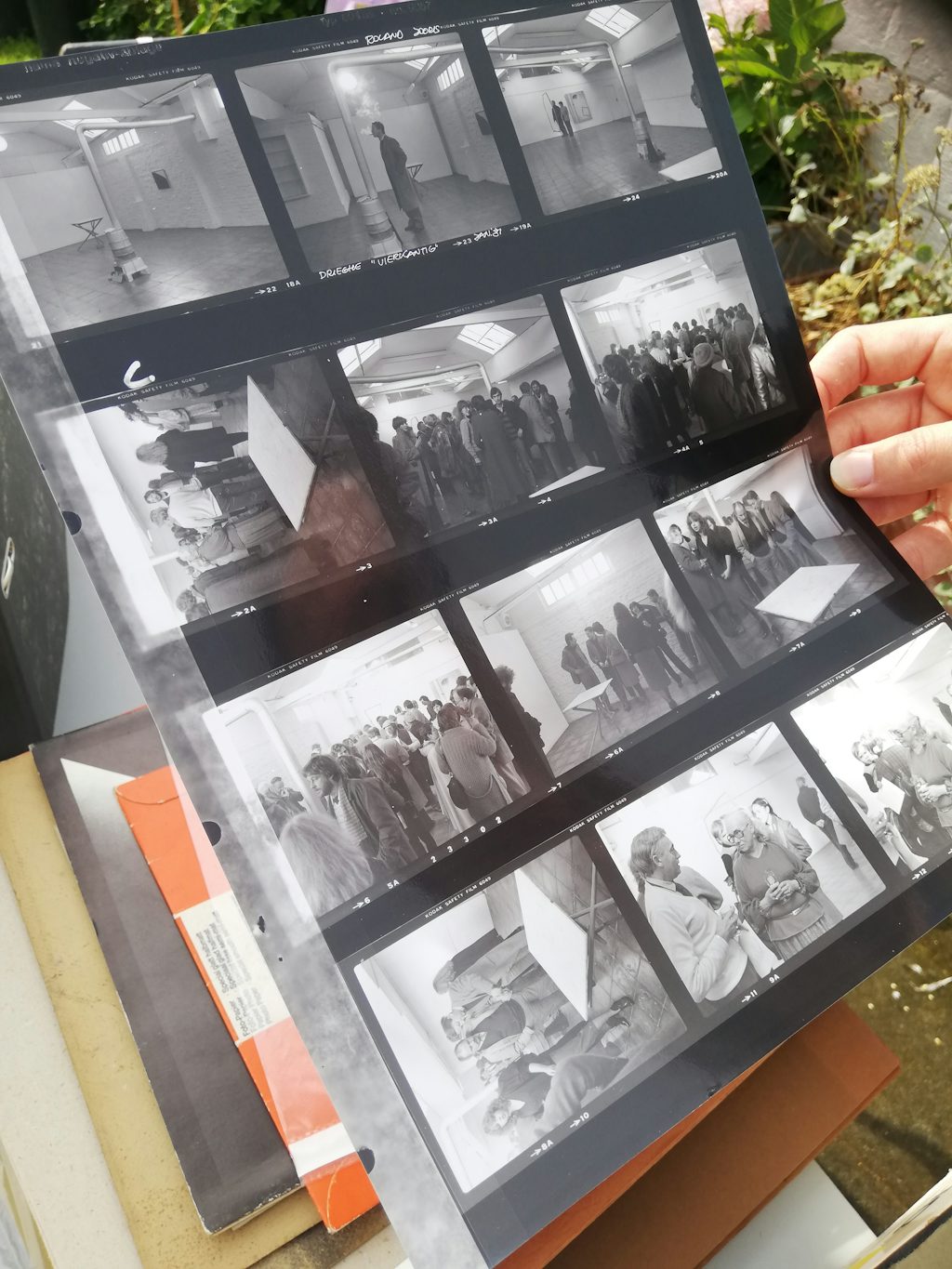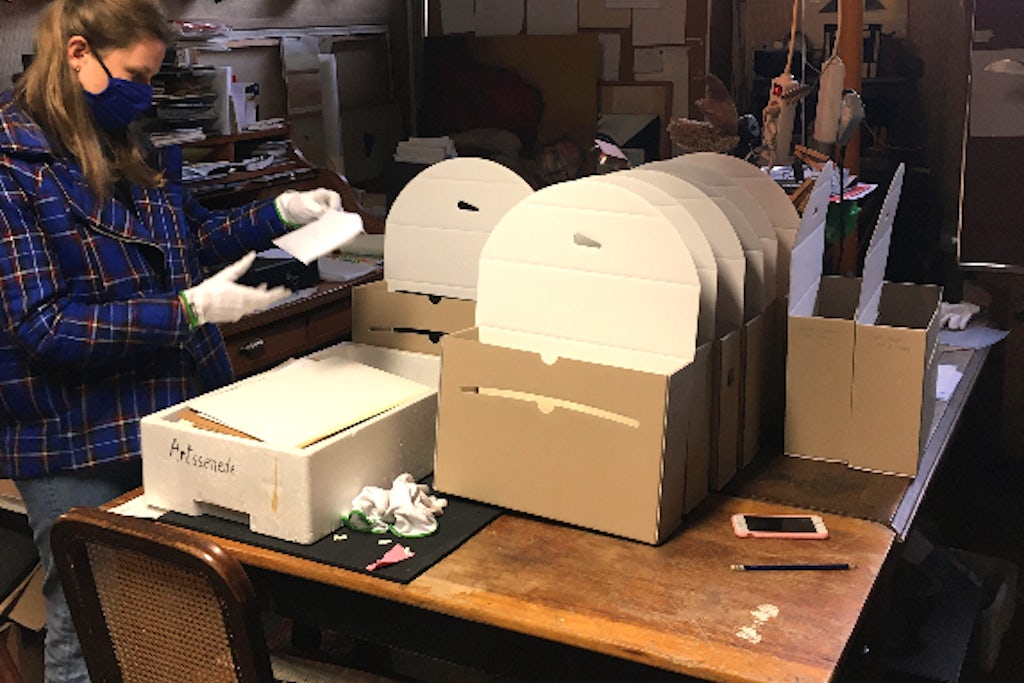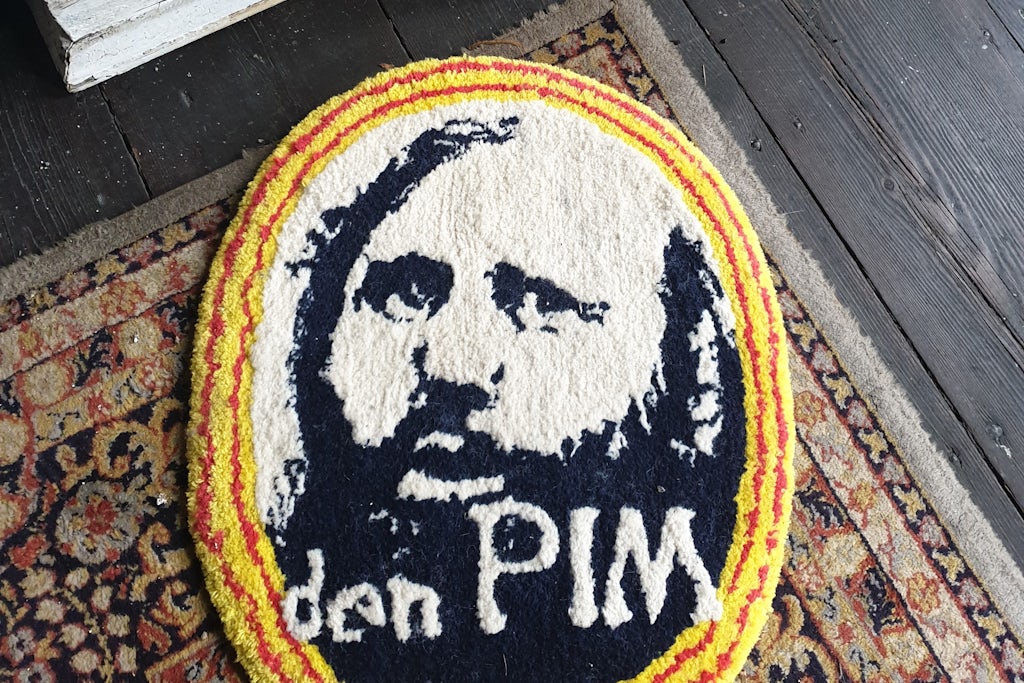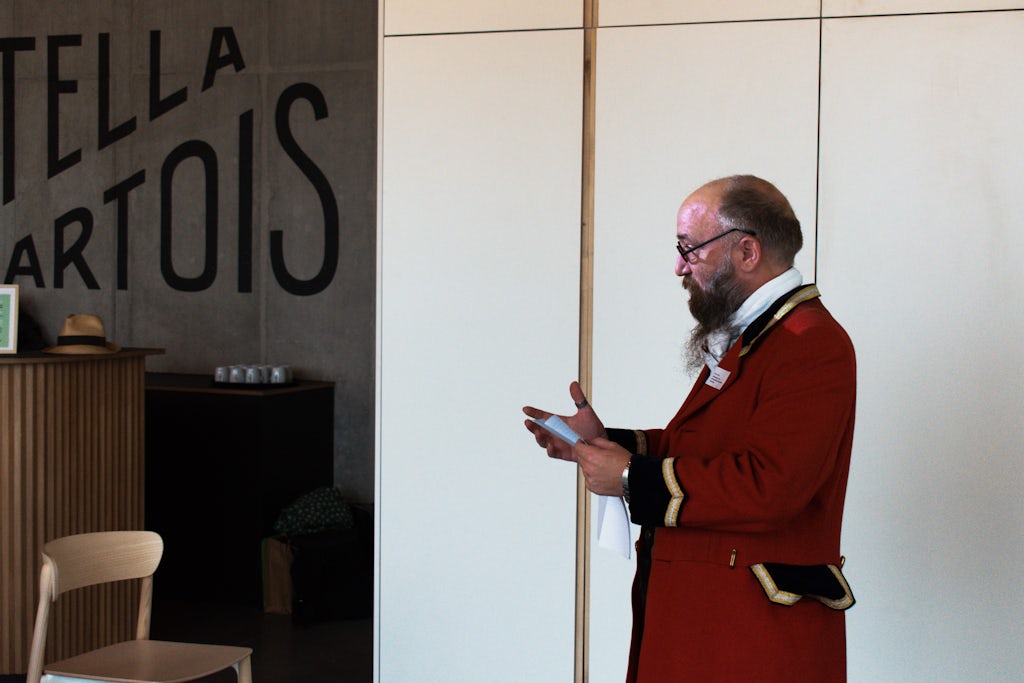The Galerie Drieghe Archive: A Peripheral Focal Point
‘A peripheral focal point’ is how researcher and teacher Tom Van Imschoot (LUCA, Ghent) typifies gallery Drieghe (1958-1985), that was situated in the Belgian commune of Wetteren. Many artists from all over Flanders would exhibit here: Wybrand Ganzevoort, Paul De Vree, Camiel Van Breedam and Guy Vandenbranden found their way from Antwerp to the idiosyncratic East Flemish gallery. From nearby Ghent, the gallery received Jan Burssens, among others, as well as artists from the Plus Group such as Yves De Smet and Willy Plompen. From the Brussels capital, Jules Lismonde traveled to the Felix Beernaertsplein in Wetteren; Raoul De Keyser had his first solo exhibition here in 1965, and René Heyvaert’s last show opened here in 1985. The artistic diversity was striking: Dan Van Severen, Roger Raveel, Octave Landuyt, Raphaël Buedts, Luc Peire, Leo Copers, Rik Slabbinck and Jos De Maegd: these are just a few of the artists who exhibited their work at gallery Drieghe. Conscious attention to top artists as well as young and unknown talent is one of the galley’s key qualities, making it – according to art critic Ludo Bekkers – ‘unique in Flanders’,
The CKV paid a visit to this gallery’s valuable archive. The latter houses a wealth of fascinating material, such as correspondence with visual artists and writers, invitations, posters, press cuttings, numerous photos of openings and events, a guest book, and publications designed and printed by founder Leo Drieghe (1921-1973). After Drieghe’s death, his widow Mariette De Mol took care of both the archive and the collection of works of art. Afterwards, the estate passed into the hands of the family, with granddaughter Griet Drieghe, by mutual agreement, taking care of the entire archive.

Contact sheet from the Galery Drieghe archive.
Griet Drieghe carefully preserves this archive material and gradually tries to make it more accessible. The family often receives requests for inspection. According to Drieghe, this shows ‘that the archive is interesting for research into how contemporary or modern art(s) developed, spread and displayed in the years 1958-1985’. In addition, it offers a unique perspective on the ins and outs of an art gallery, providing insight into how a gallery functions within society. As Drieghe puts it, the value of the archive also lies in ‘how the gallery presents a social image too, such as interactions between people, how art plays a role in social life’. Furthermore: ‘For us, the archive also has an emotional value. For myself, art lovers and researchers, it is an introduction to my grandfather, whom I have never been able to meet. In my opinion a period in which pain, sadness, pleasure, passion, beauty… were present: in short, a period of full life.’
The archive is a special example of how a family can carefully restore a somewhat forgotten piece of art history.
Would you like to know more about the Drieghe archive? Please contact ckv@muhka.be.
(JS)


